Interview with Rosa Ferré
A talk with Rosa Ferré, co-director of TBA21 in Madrid together with Markus Reymann, an international foundation that defends the power of art as a transformer of society and launches the pilot project of an institute called Organismo.
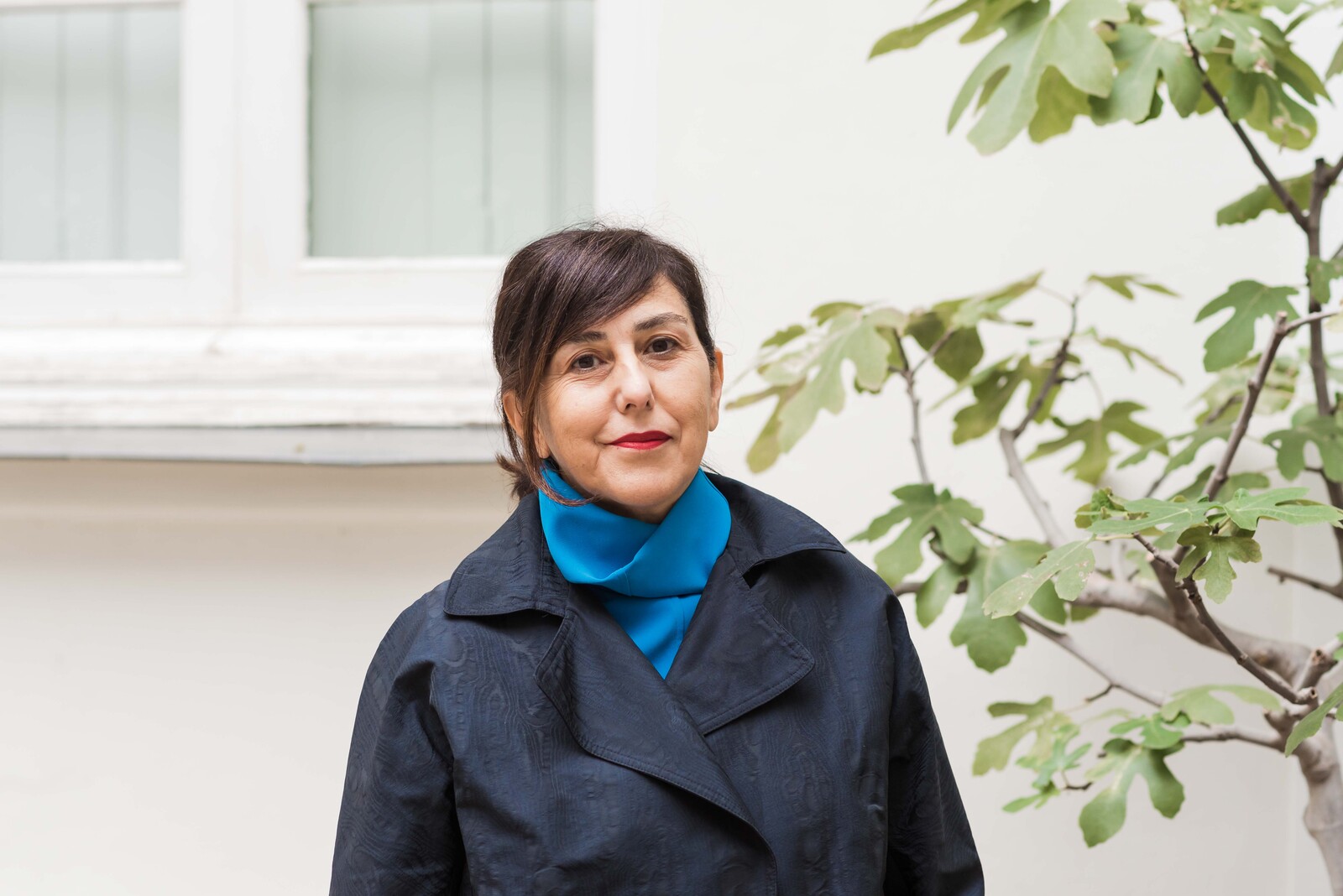
The international foundation TBA21 begins a new phase in Madrid and together with the Thyssen-Bornemisza Museum, the Ministry of Culture and other agents launches the initiative to create Organismo. It consists of an institute that will form interdisciplinary working groups coordinated by an artistic agent who will work for a year on different projects with the aim of promoting the transformative power of art in the environment.
This novel idea highlights the transformative power of the intersection between art, science and the environment. Thyssen-Bornemisza Art Contemporary (TBA21) was established two decades ago by philanthropist and collector Francesca Thyssen-Bornemisza, an activist who embodies the fourth generation of the Thyssen family’s commitment to the arts and public service. The TBA21 Foundation, based in Madrid and Vienna, promotes the TBA21 Collection and its outreach activities, including exhibitions, public programmes and collaborations with other cultural and civic institutions.
Since it was founded in 2002, it has brought its concerns about colonialism, feminism and ecology to the table and has taken the path of working for the rights of nature, trying to change policies and work in the long term with art as a discipline with the capacity to transform the present and with artists as mediators. The three poles of the foundation are the projects Ocean Space in Venice, another for the conservation and regeneration of the seafront in Jamaica and, now in Madrid, they are launching Organismo. Rosa Ferré, co-director together with Markus Reymann of TBA21 in Spain, talks to us about the foundation and the new project.
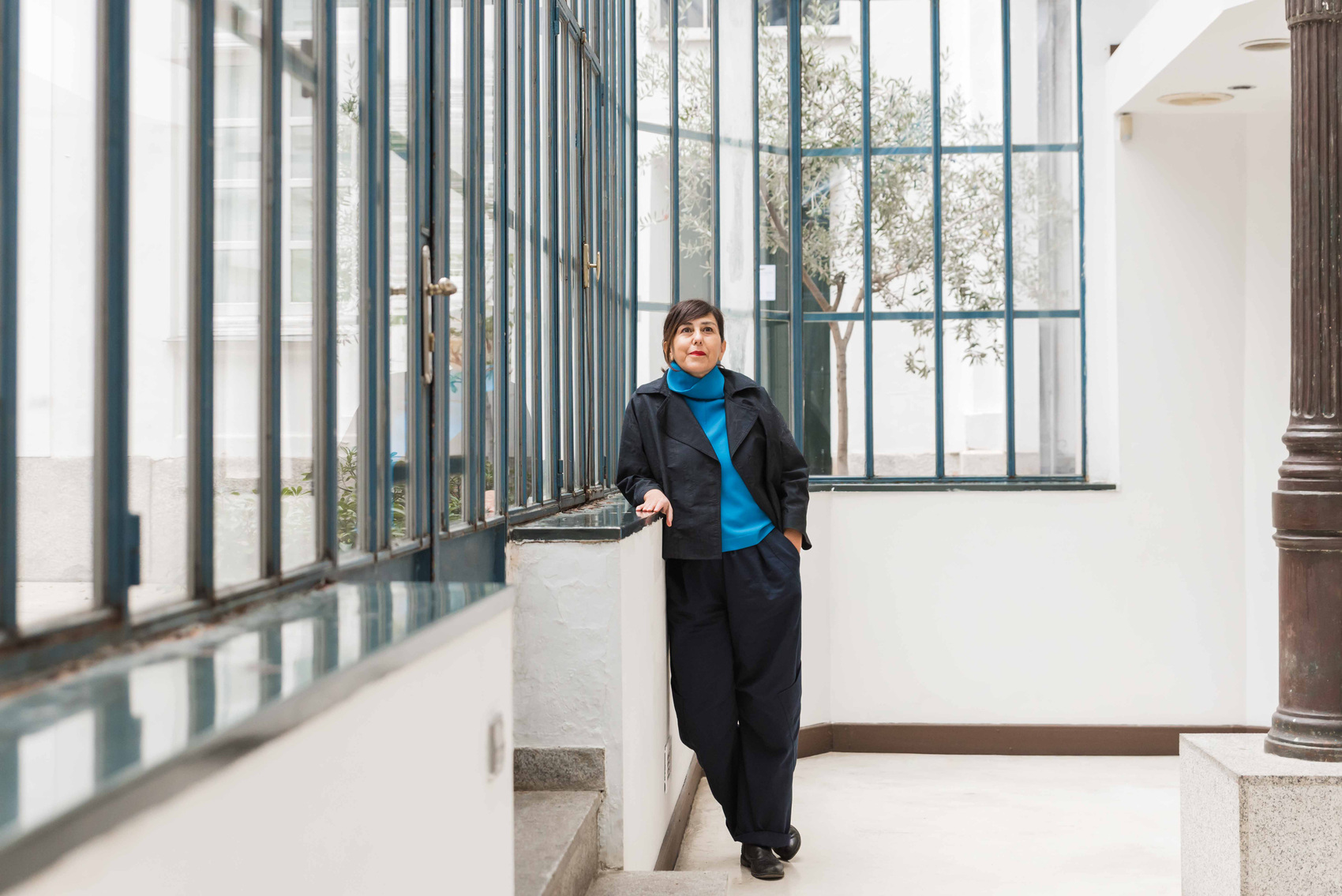
What sets TBA21 apart from other foundations?
Twenty years ago Francesca Thyssen decided to make a collection of contemporary art and, to do it well, she had to work with curators and she started to work with artists who were very little known, for example Olafur Eliasson, who was very young at the time. I think the difference is that she works in the long term with the artists instead of just going to a fair and buying, she gives the artists a kind of working space, she helps them to participate in international biennials, to elaborate projects that are too big for a gallery.
Why does Francesca Thyssen want to keep her collection alive and maintain that connection with Spain?
Her collection was in Vienna but given Francesca’s close relationship with her father and her great admiration for him she wanted to continue working more closely with the Thyssen Museum and wanted to see how this fourth generation of a family of collectors could contribute from contemporary art to keep the collection alive, not just a collection of great avant-garde masters.
What is the origin of the spirit that TBA21 wants to transmit?
Francesca has always worked with artists who are very concerned about issues such as colonialism and ecology with the aim of bringing contemporary critical thinking to the table. Thanks to the agreement with the Thyssen-Bornemisza museum and Carmen Cervera in the museum there is a space where we can present our projects and try to give artists a voice and work with them because art has the capacity to really transform the present because artists are enormous mediators, capable of embracing complexity which is what is ultimately necessary to resolve problems in the face of violence.
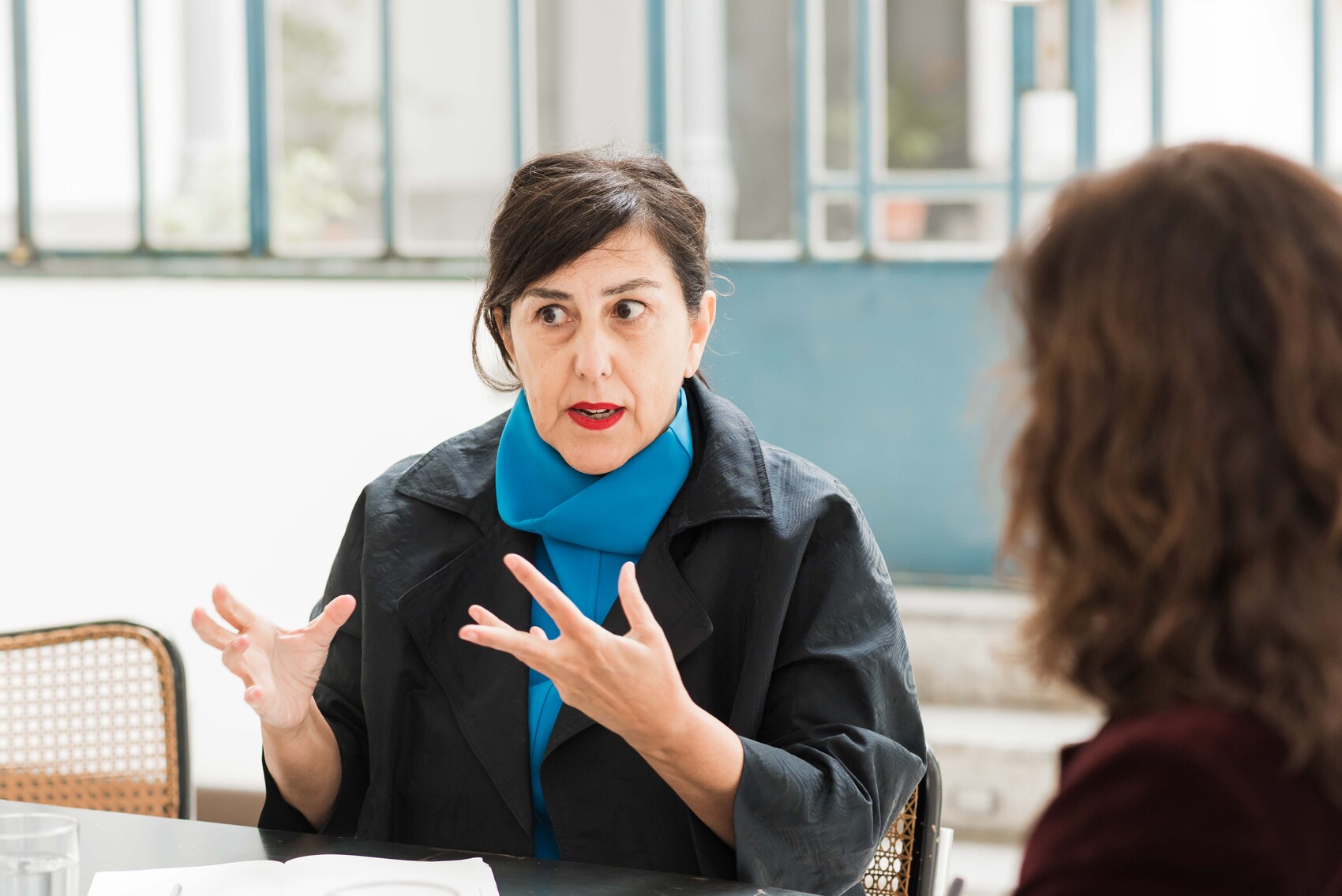
Why does TBA21 focus on ecology?
Francesca Thyssen wanted to work with ecology a long time ago when nobody was talking about this topic and one of her concerns was, for example, the rights of indigenous people, something that is current now but that nobody paid attention to 20 years ago.
Is this where TBA21 Academy comes in?
She was seeing how in the end it is always the indigenous populations who are exploited from outside, and so she founded TBA21 Academy, which is a kind of project incubator in which art always leads processes in which there are more interdisciplinary agents and which always has its sights set on ecological transformation. From there came the opportunity to open a space in Venice called Ocean Space because within all that ecology means at that time, together with Marco Rayman, it seemed to them that there was little talk of water understood in a very broad sense of the oceans and many other things. So
The foundation took this working guide of ecology to use water to talk about many other things, about conservation, about the rights of nature.
How does TBA21 understand ecology?
Defending rivers, seas, in short, the planet on the basis of what are called the rights of nature. In this sense, we have worked a lot on the idea of conservation or regeneration because in complex processes we prefer to talk about ecology in the longer term and try to fight against short-term solutions, which are always closely related to the agendas of politicians.
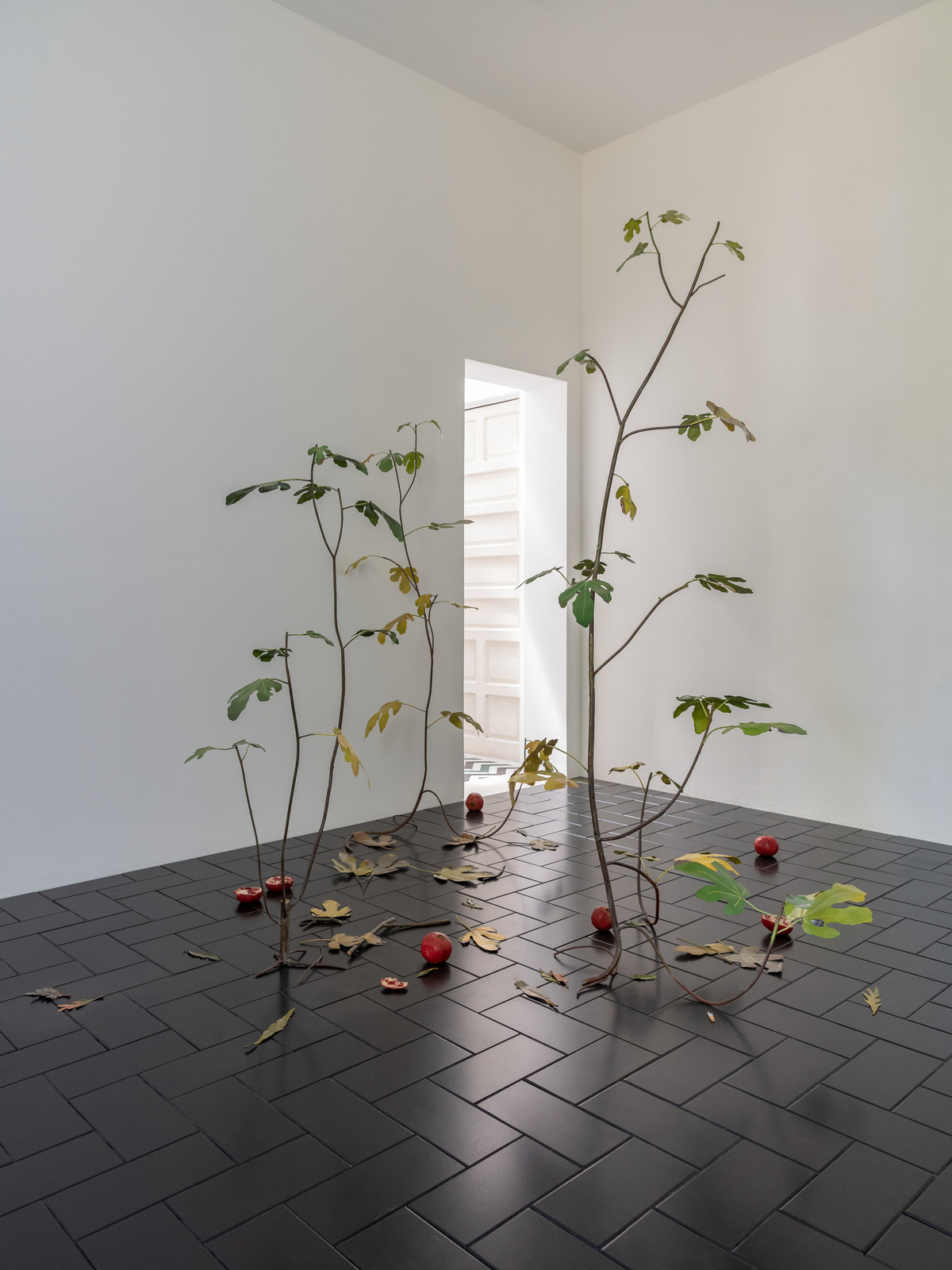
Is the TBA21 foundation created by Francesca Thyssen-Bornemisza entering a new phase with the move to Madrid?
TBA21 was based in Vienna and is now a Spanish foundation because Francesca Thyssen wants to bring her art collection to Madrid and donate it to Spain, as her father did. This move gives her the opportunity to work more closely with the Thyssen-Bornemisza Museum. Her private collection is known, but she wants to bring this more ecological aspect here. It is also important that there are many art foundations here, and TBA21 wants to be the glue for various initiatives.
As co-director of TBA21, how do you assess this move, and does it mean some kind of change of direction?
What makes this new programme different and original, compared to other museum initiatives, is that it experiments with processes and methodologies applied to very diverse cases, ranging from the reforestation of a plot of land through an artistic project, which will be carried out in collaboration with Abadía Retuerta, to the setting up of a local market for the regeneration of the San Agustín neighbourhood in Córdoba through art, which is being worked on together with the Carasso Foundation.
What are the fundamental values that lay the foundations of TBA21 now that it is a Spanish foundation?
With the experience in different places where we have supported complex processes, we have realised that artists act as mediators and that, when they intervene, the results of all the actions, carried out together with scientists, politicians and people directly involved, are more inclusive and effective. What we create is a kind of school of thought, a way of dealing with conflicts in order to find solutions that work for everyone.
Among your new projects is the creation of an independent study programme, Organismo, what does it consist of, who is the programme aimed at, a specific audience, age group or interests?
TBA21-Academy and the Museo Nacional Thyssen-Bornemisza would like to present Organismo, under the subtitle Art in Applied Critical Ecologies, as an independent study programme co-designed by both institutions and focusing on new forms of knowledge arising from the relationship between art, science, public policy and regenerative environmental practices.
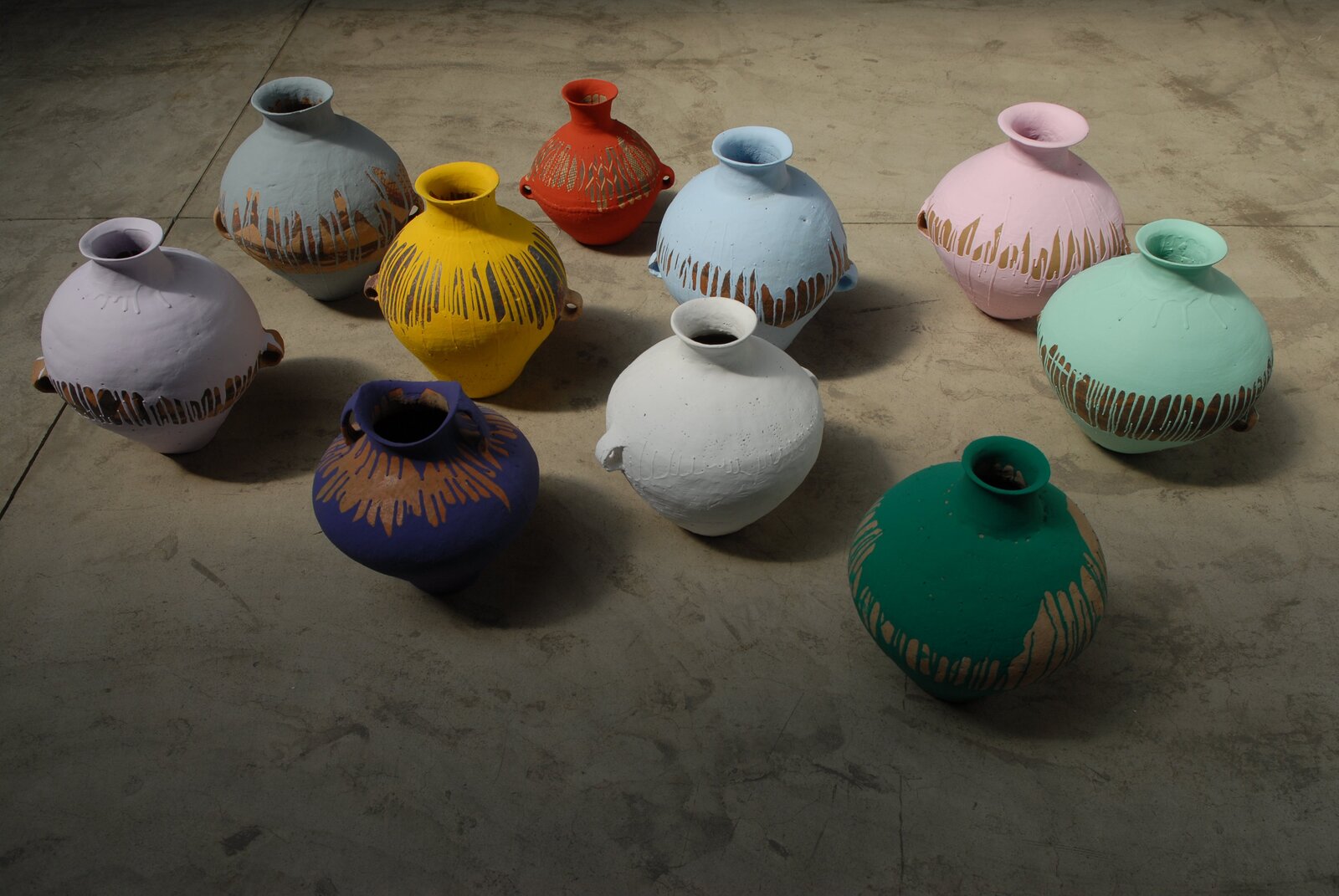
How did the idea of creating the Body come about and what is its aim?
The idea arose three years ago and the aim is to work on the idea of plurality, it is something living and changing and it does not have a direction but the way of doing is comparable to that of an organism in which each organ has a function, therefore each component will have tasks and responsibilities and the hierarchy is horizontal.
What is the initial working method of Organismo?
It is based on creating a network of collaborators in which architects, designers, filmmakers, writers, scientists, philologists, artisans… This is a pilot project that arises from the collaboration of many agents who approach museums as a territory of culture and works with the idea of engagement, to see how empathy arises from art.
How will it work and what are the key dates?
The programme starts as a pilot test in this first edition to be held between January and June 2024 and has two dimensions: the public one that will have different formats, whether talks, performances or mini-festivals; and the other, the particular one aimed at students, with work sessions focused on the cases to be dealt with. The participants will be artists, academics, researchers, designers and explorers of interdisciplinary practices, both national and international.
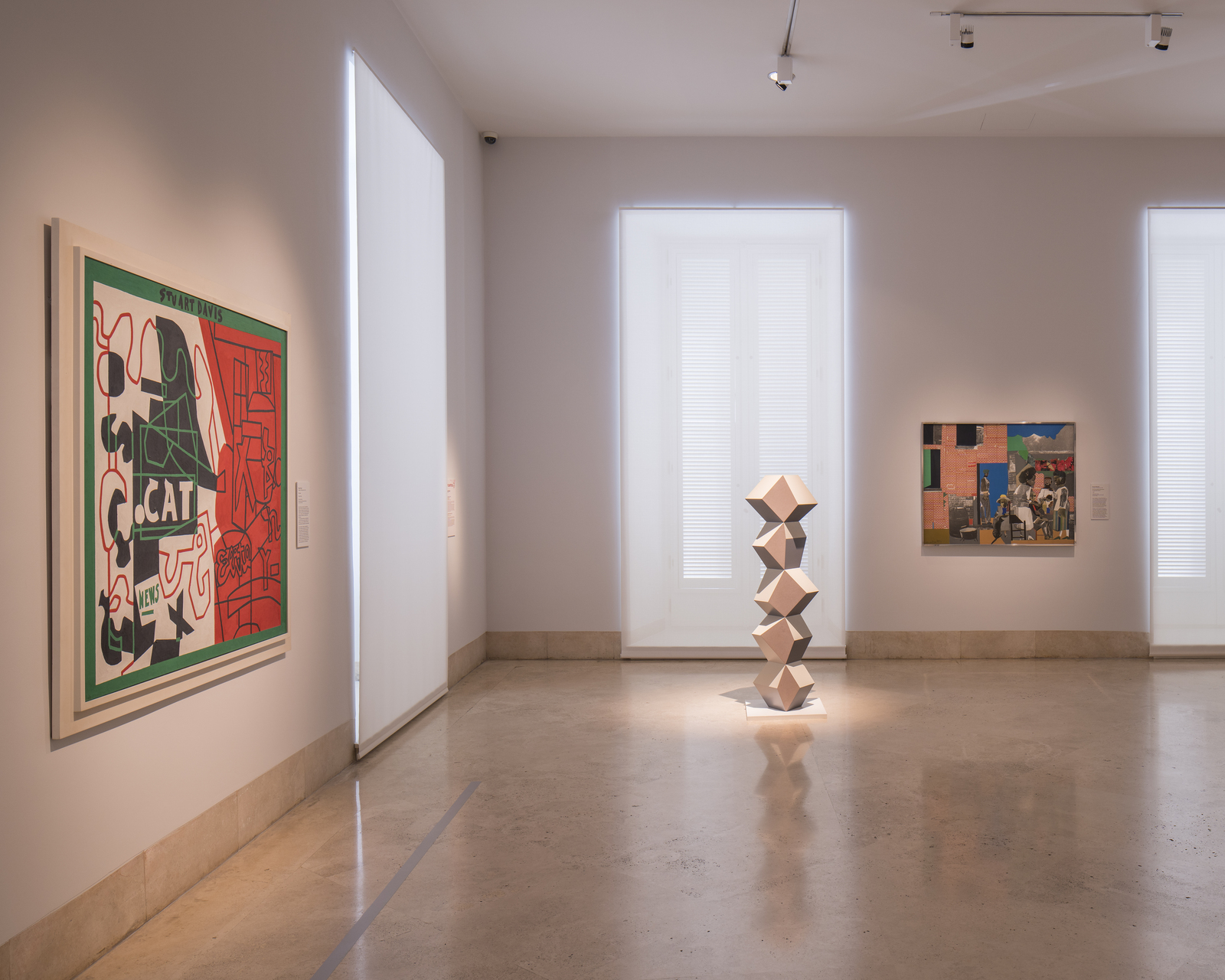
TBA 21 is based in Vienna, now in Spain, but also in Jamaica. What is being done in the latter and what is the connection between all the projects and activities that are being carried out? What is the common thread?
For example, in Jamaica, in order to regenerate and conserve a six-mile sea front, devastated by overexploitation and excessive tourism, a project has been created to support both economically and with different agents, politicians, scientists and artists and fishermen, it has been verified that thanks to the agreements that have been discussed, fish production is increasing and they are already achieving economic results so that they are beginning to be self-sustaining. This has been possible because the artists have been mediating the processes. This is an example or prototype that can be taken to other places.
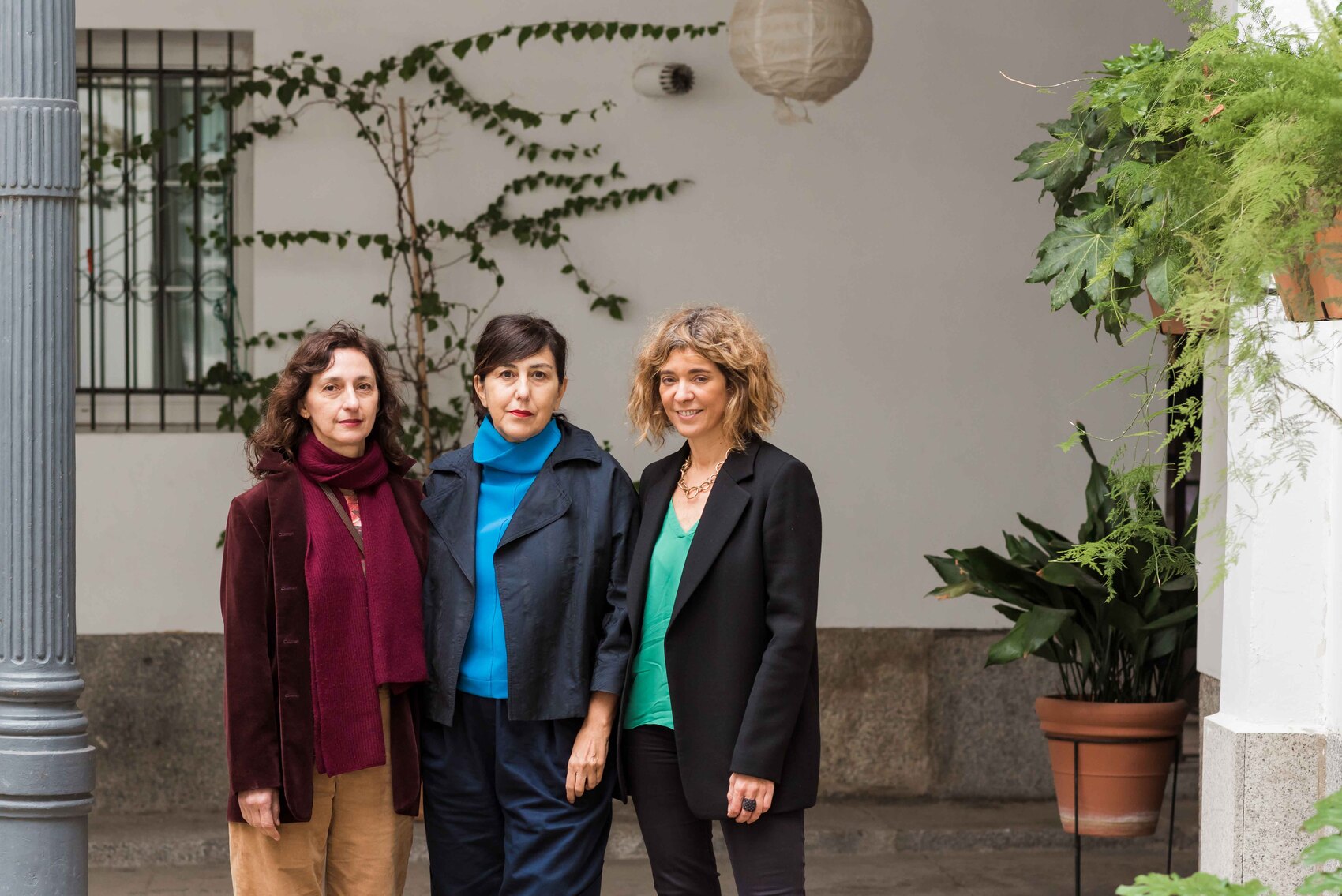
Editor: Beatriz Fabián
Beatriz is a journalist specialising in offline and online editorial content on design, architecture, interior design, art, gastronomy and lifestyle.
Photographer: Nieves Díaz.